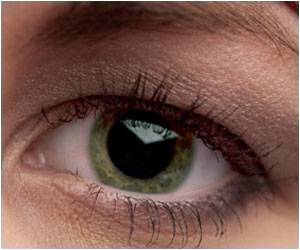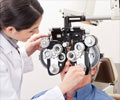Animal study suggests that stem cells can regenerate the cornea and may be new targets for treating and preventing such injuries to cornea due to dry eye disease.
- Dry eye happens when the eyes don’t make enough tears to stay wet, or when the tears don’t work correctly
- When eyes are dry, the cornea is more prone to injury //
- Researchers discovered in an animal study that proteins produced by stem cells to help regenerate the cornea may become novel targets for treating and preventing corneal damage associated with dry eye disease
Dry Eye
Go to source). Dry eye disease occurs when the eye's natural tears are unable to provide proper lubrication. People with the common disorder use a variety of drops to replace missing natural tears and keep their eyes lubricated; however, when the eyes are dry, the cornea is more susceptible to damage.
New Treatment for Injury of Cornea due to Dry Eye Disease
“We have drugs, but they only work well in about 10% to 15% of patients. In this study involving genes that are key to eye health, we identified potential targets for treatment that appear different in dry eyes than in healthy eyes. Tens of millions of people around the world with an estimated 15 million in the United States alone endure eye pain and blurred vision as a result of complications and injury associated with dry eye disease, and by targeting these proteins, we may be able to more successfully treat or even prevent those injuries”, said senior investigator Rajendra S. Apte, M.D., Ph.D., the Paul A. Cibis Distinguished Professor in the John F. Hardesty, M.D., Department of Ophthalmology & Visual Sciences.Researchers also conducted single-cell RNA sequencing to identify genes important to maintaining the health of the cornea. SPARC may provide potential therapeutic targets for treating dry eye disease and corneal injury.
Role of Stem Cells in Cornea Injury
These stem cells are important and resilient and a key reason corneal transplantation works so well. Even if the proteins identified cannot be used as therapies to activate these cells in people with dry eye syndrome, transplantation of engineered limbal stem cells to prevent corneal injury in patients with dry eyes can be done.Reference:
- Dry Eye - (https://www.nei.nih.gov/learn-about-eye-health/eye-conditions-and-diseases/dry-eye)
Source-Medindia
















